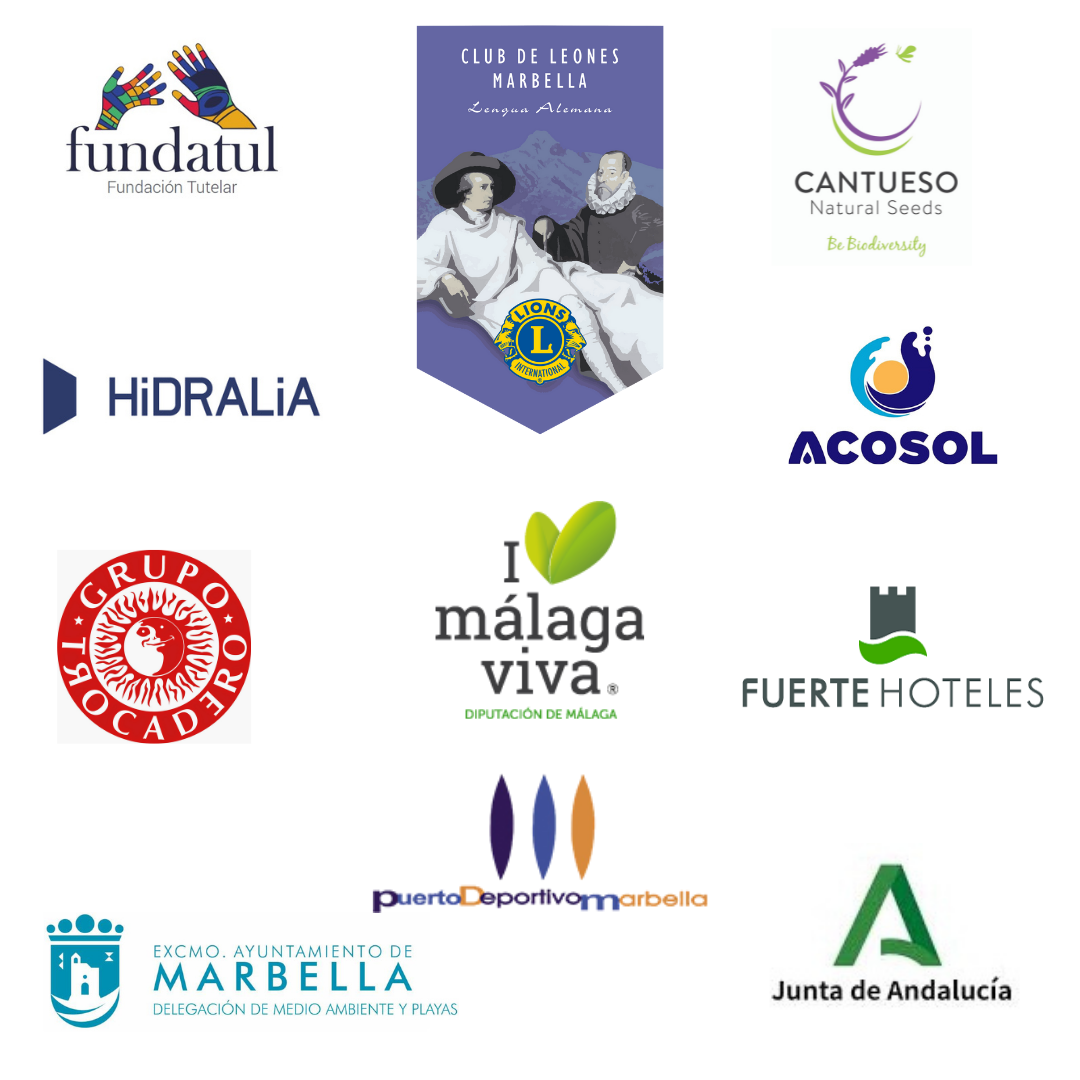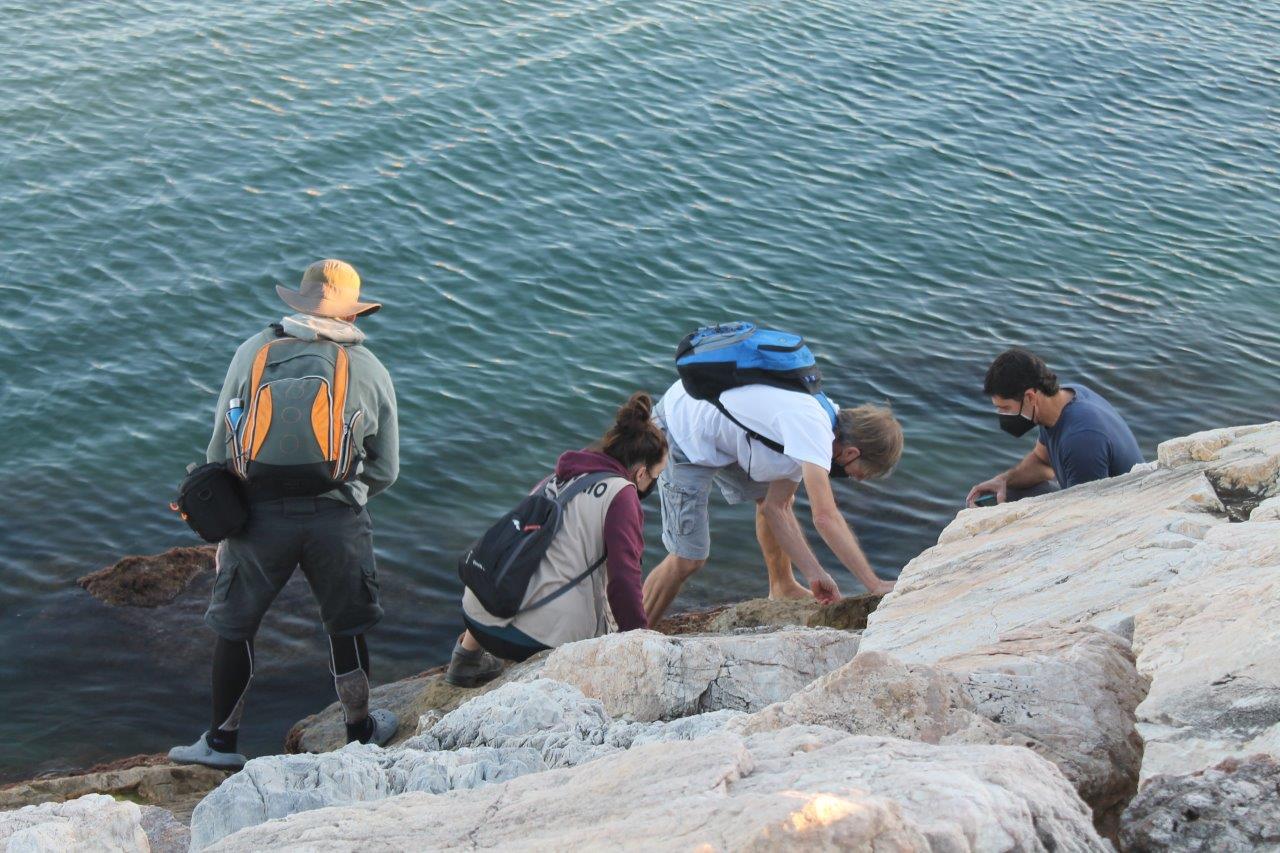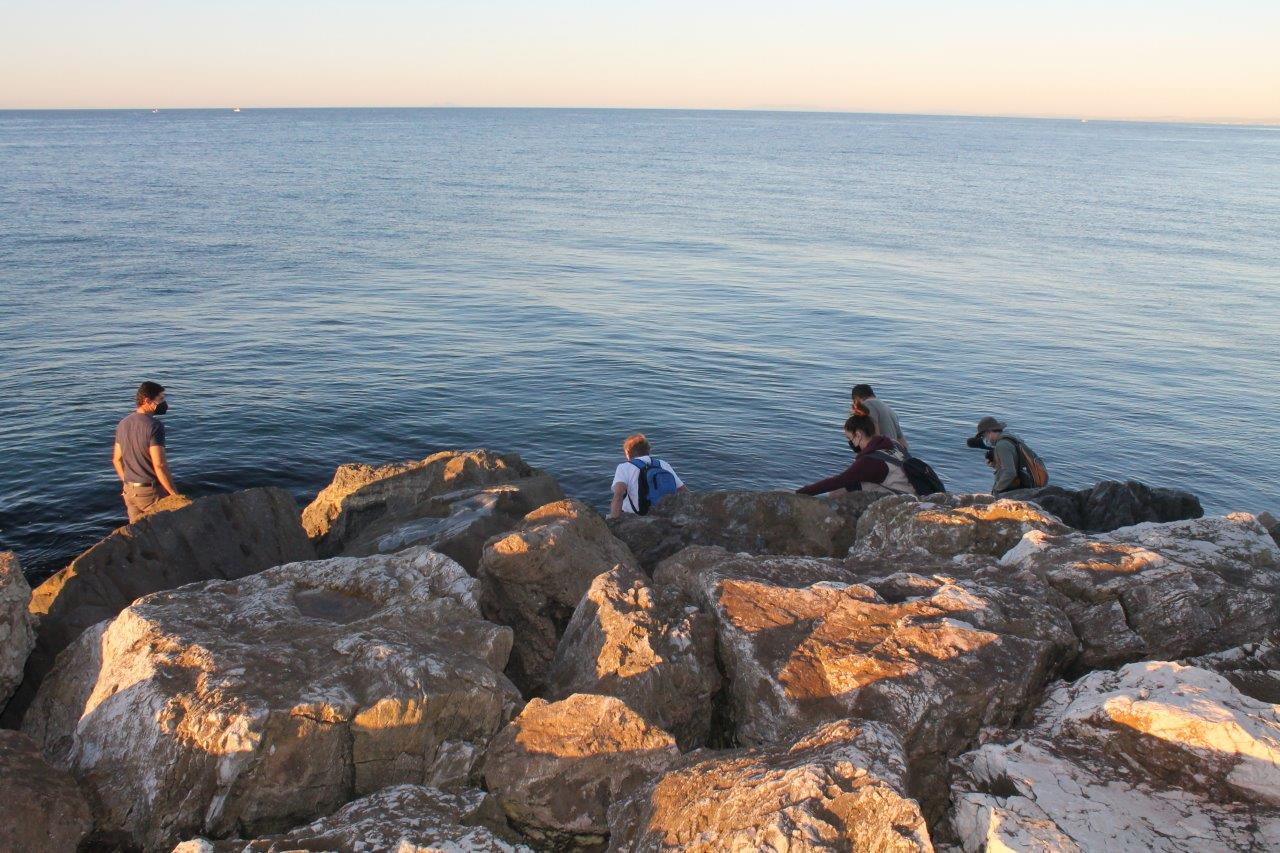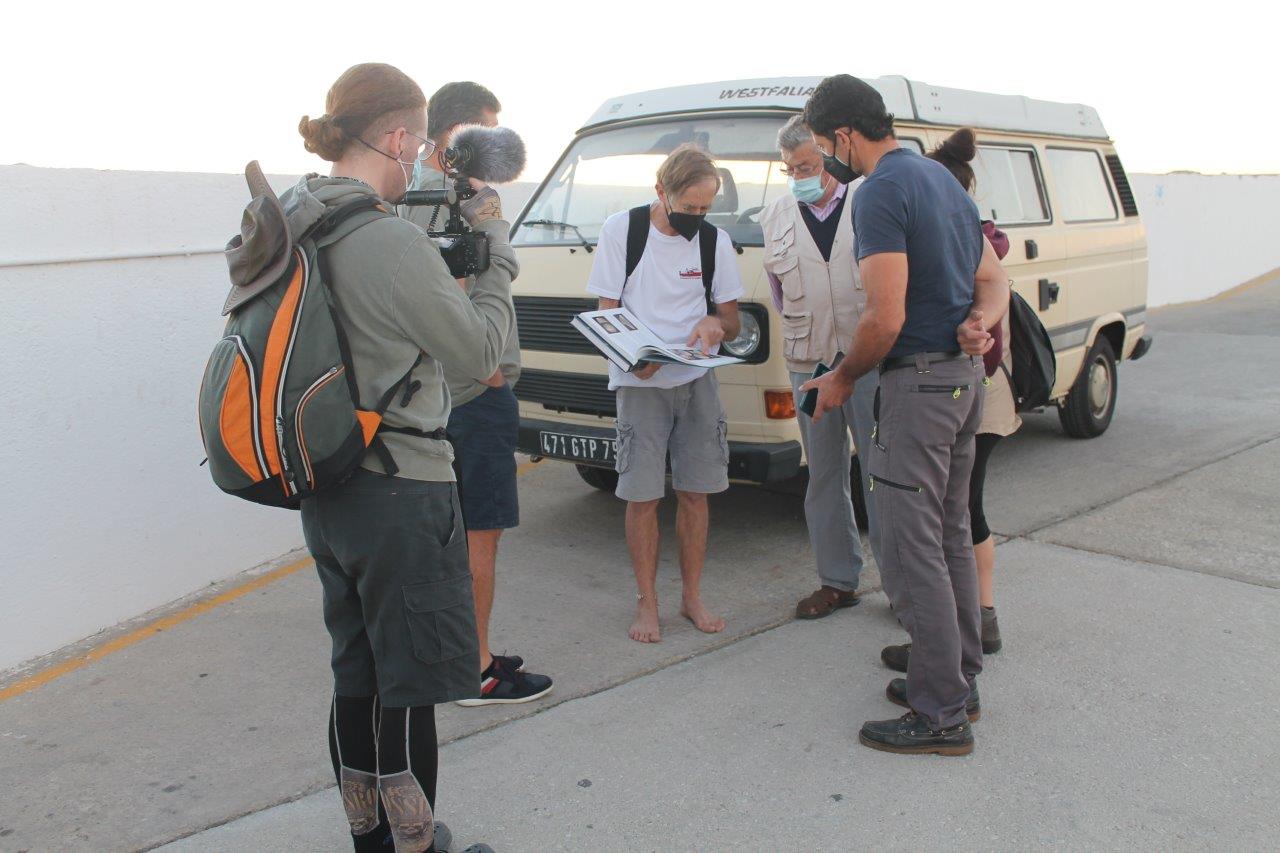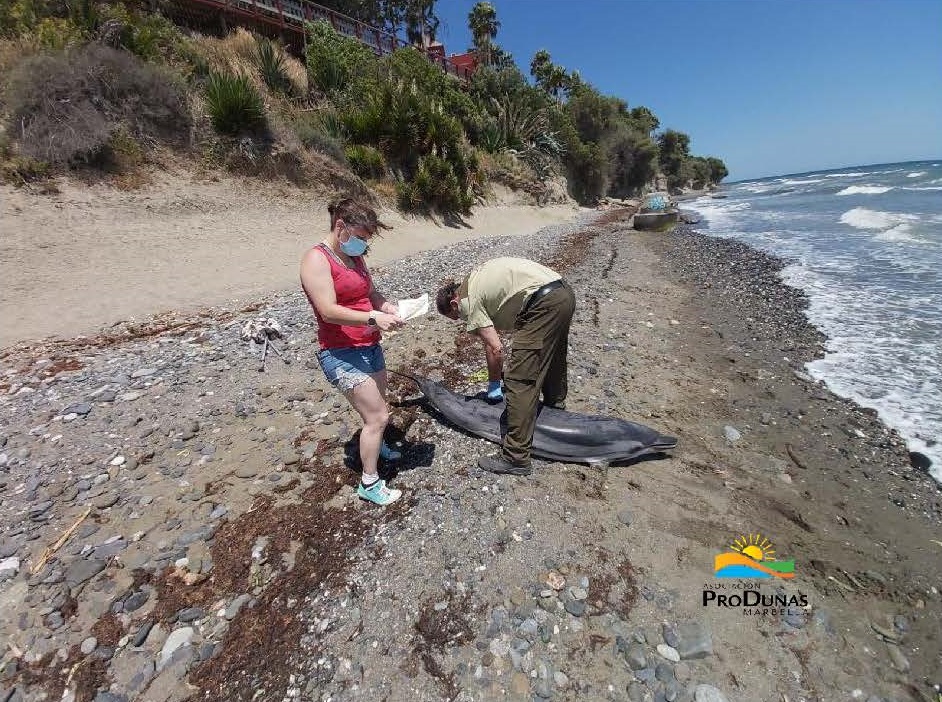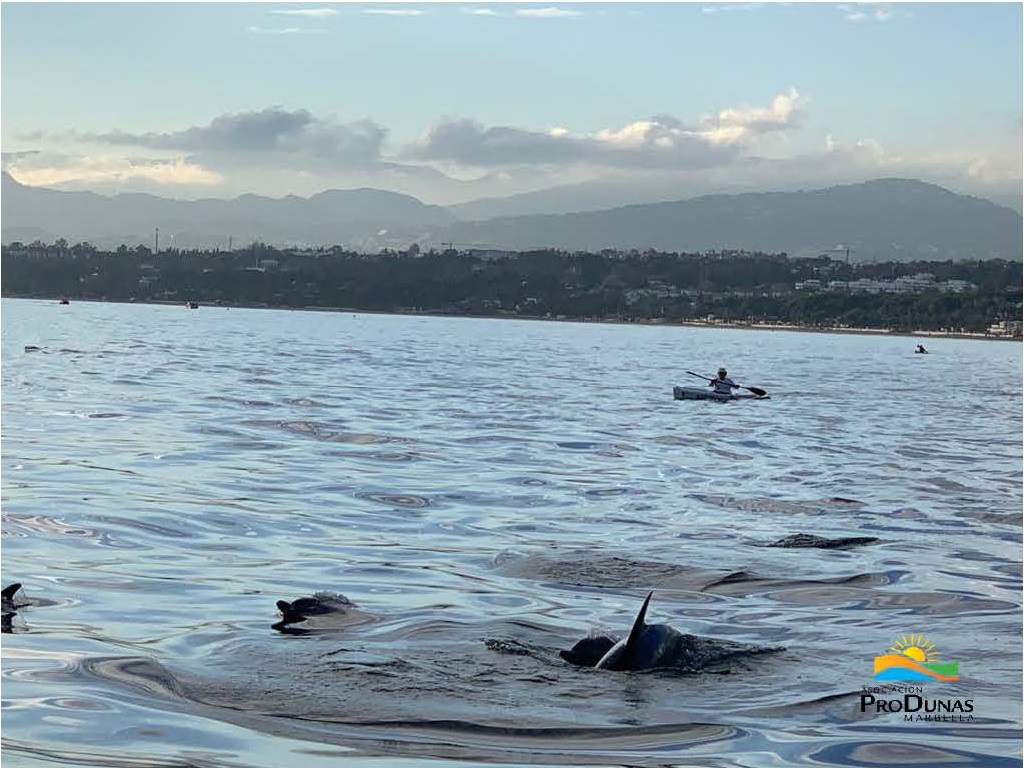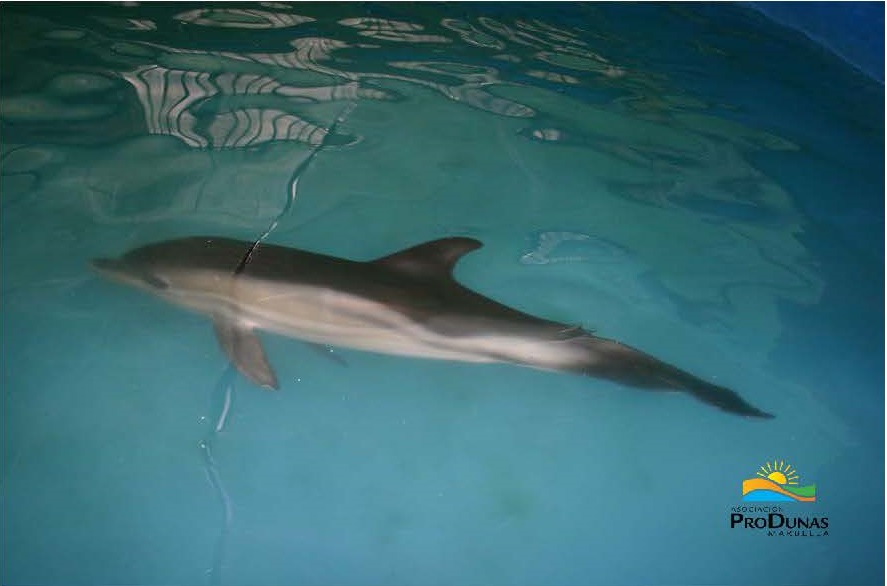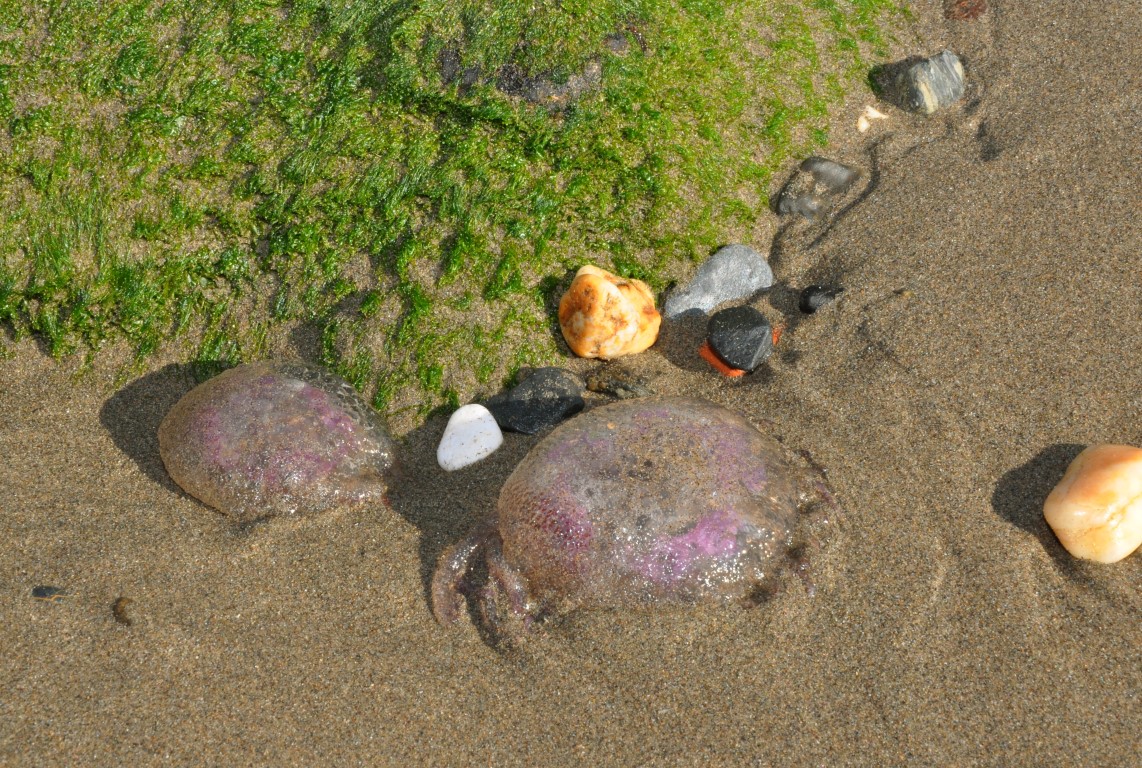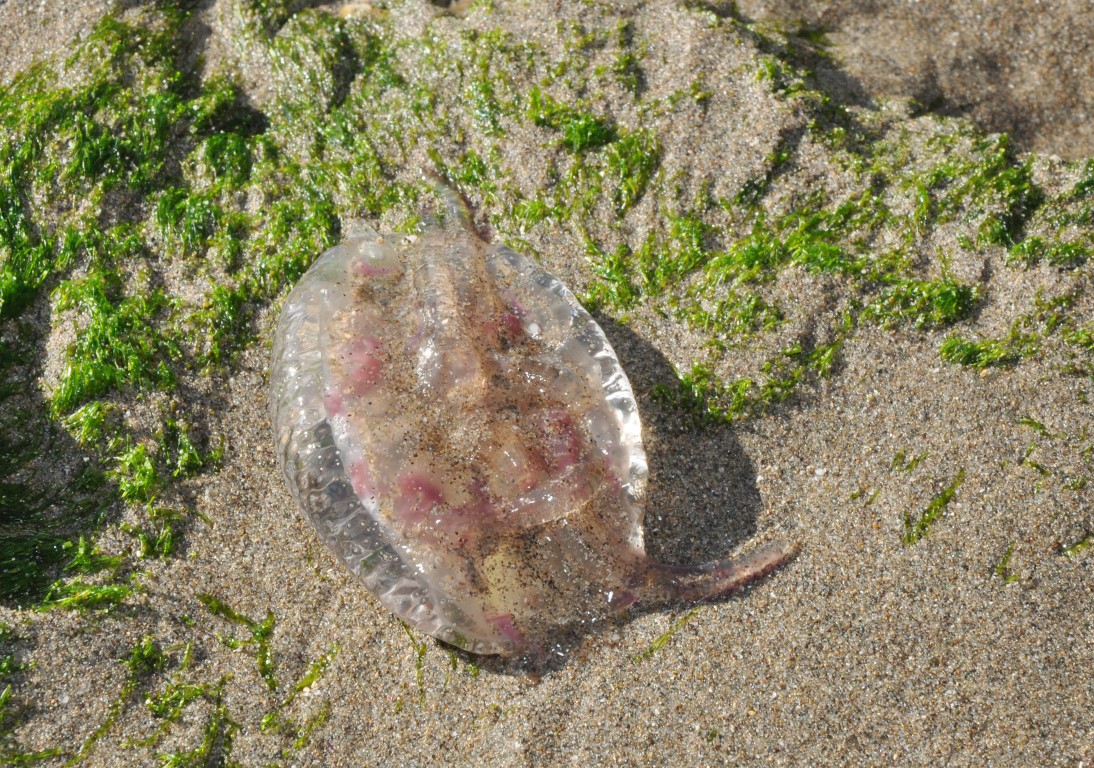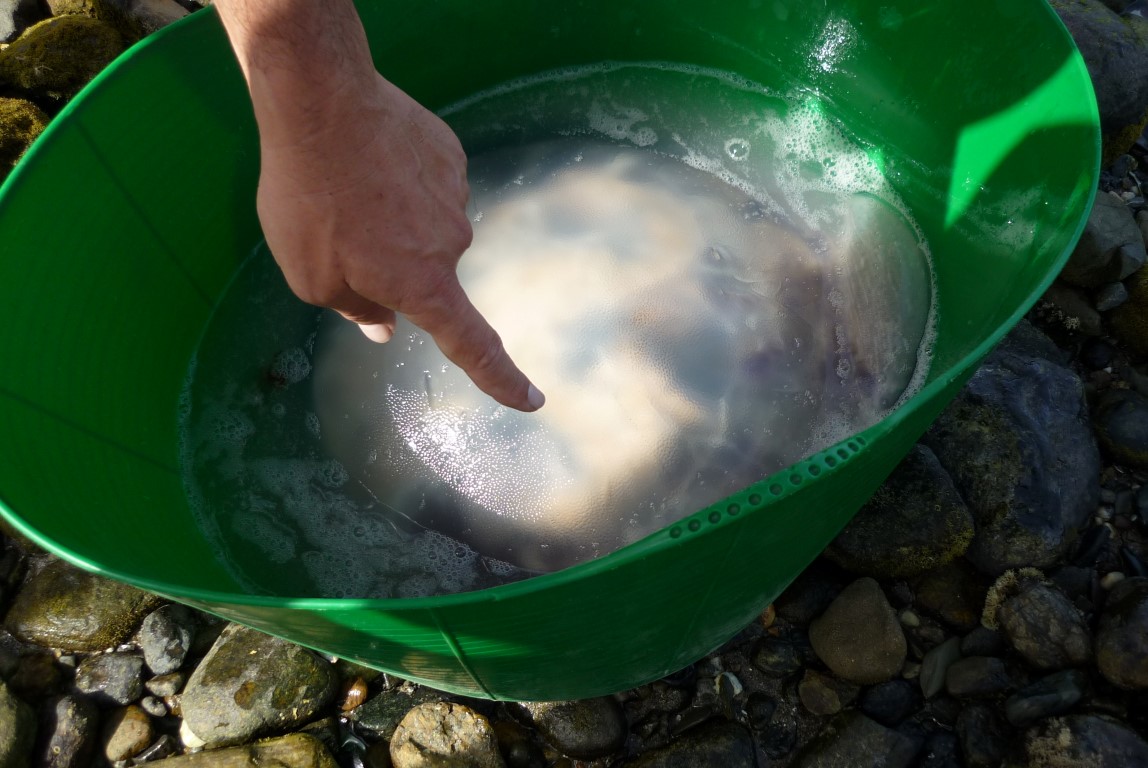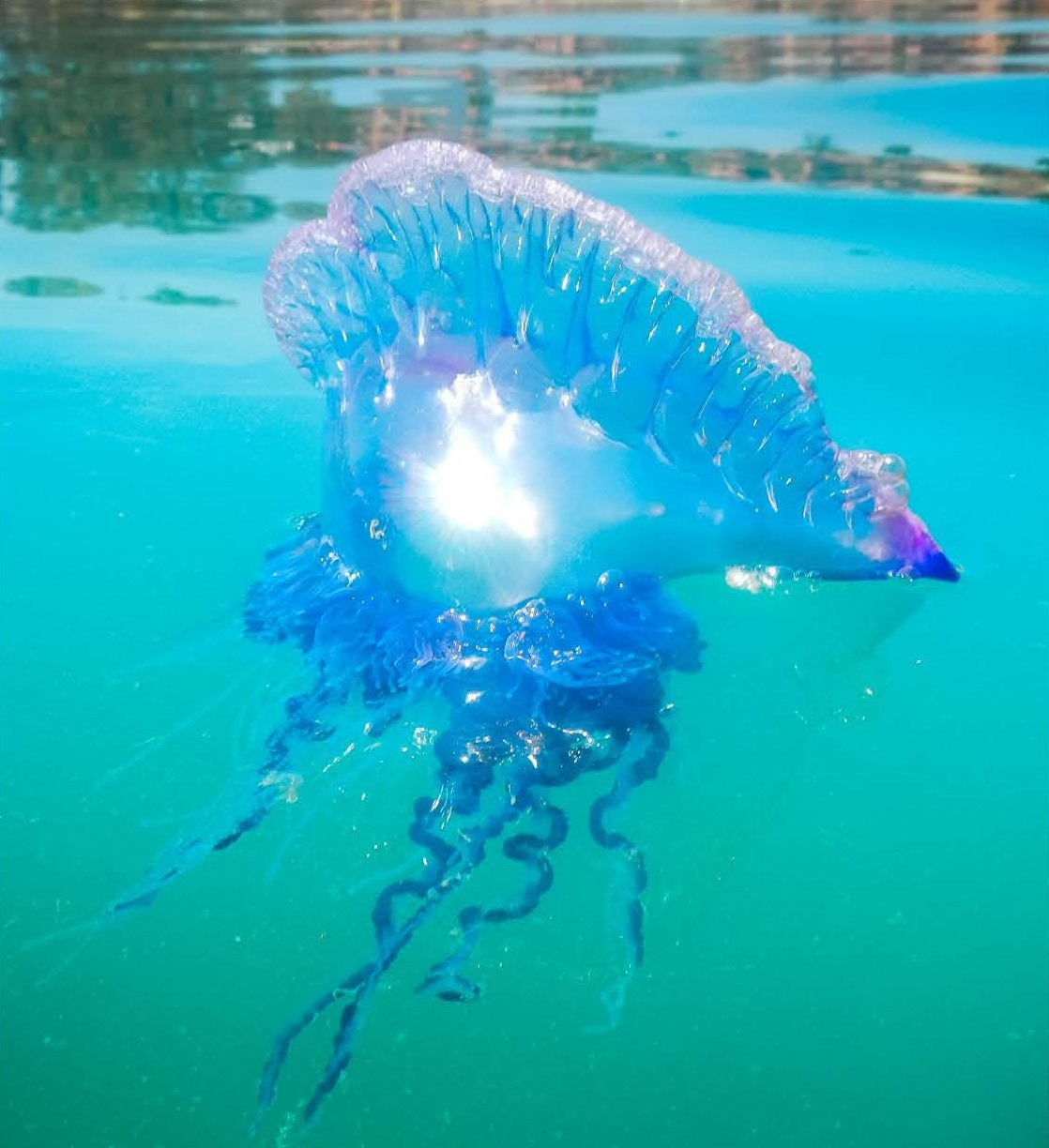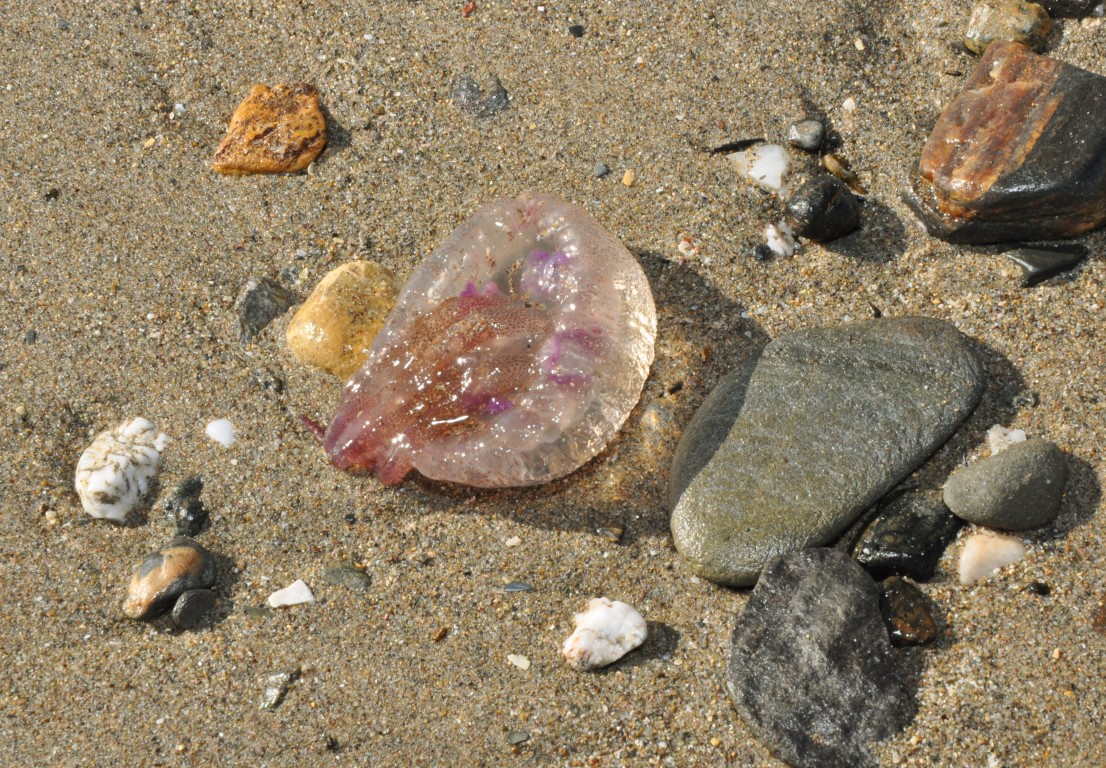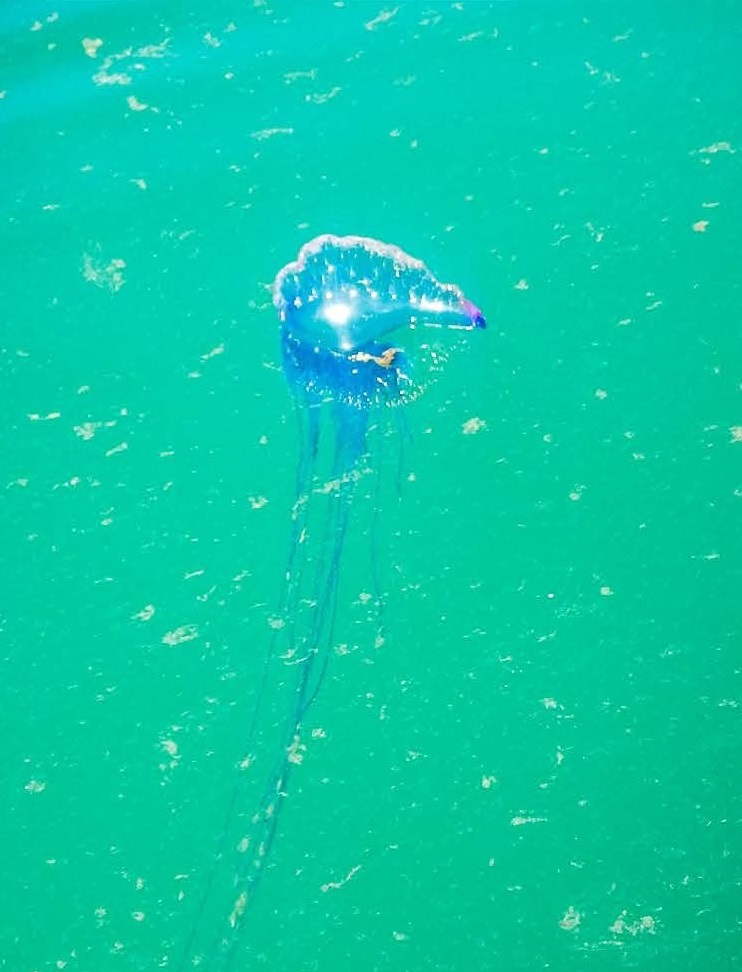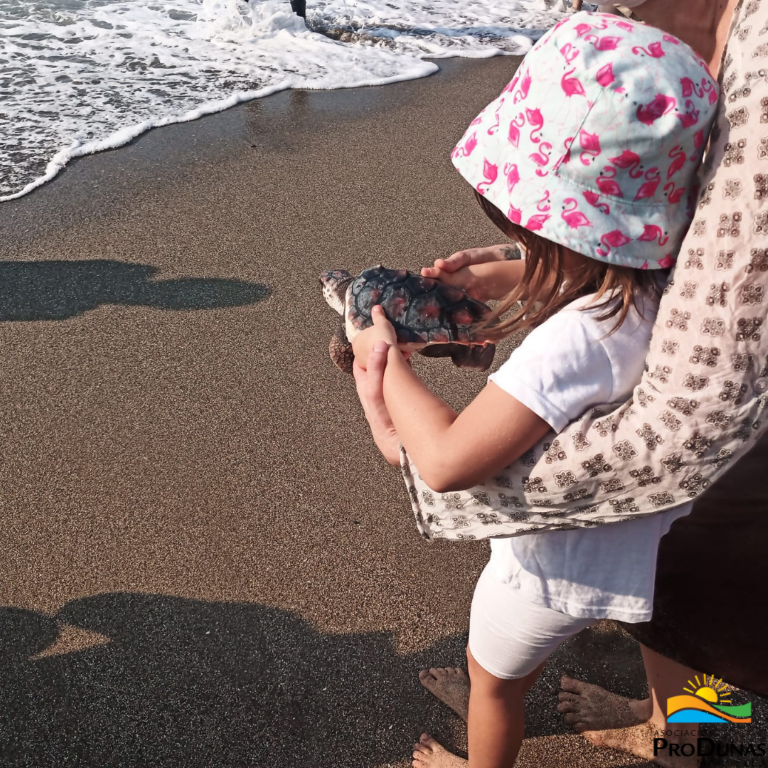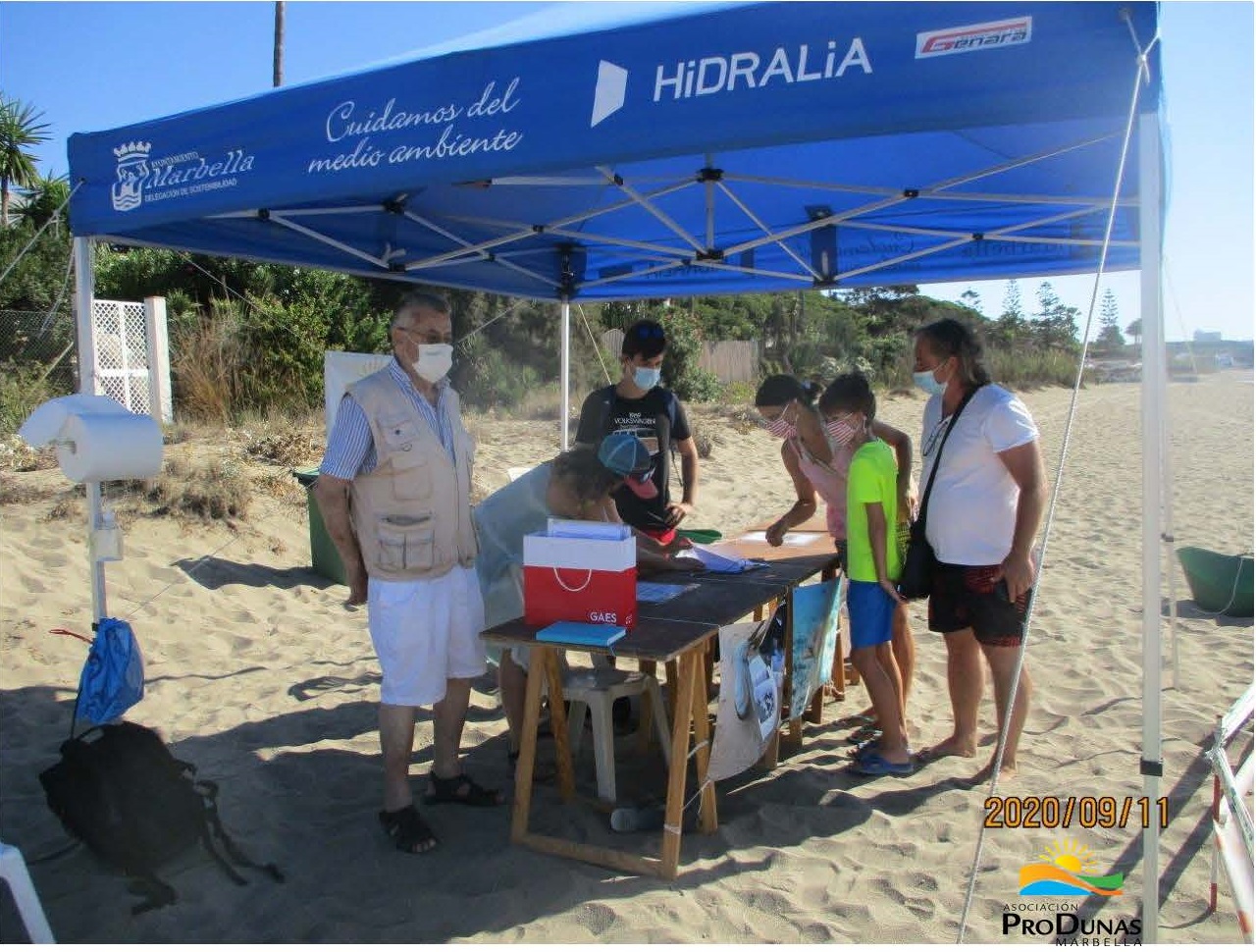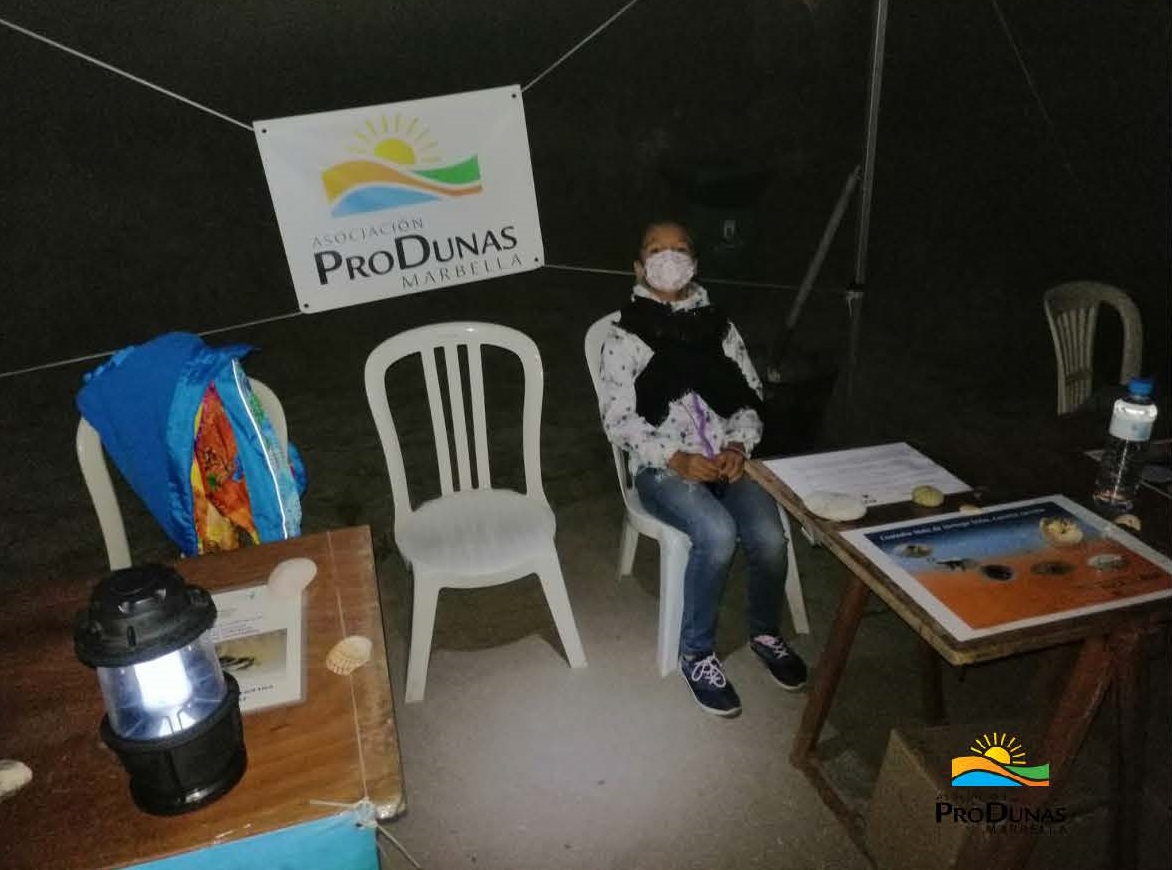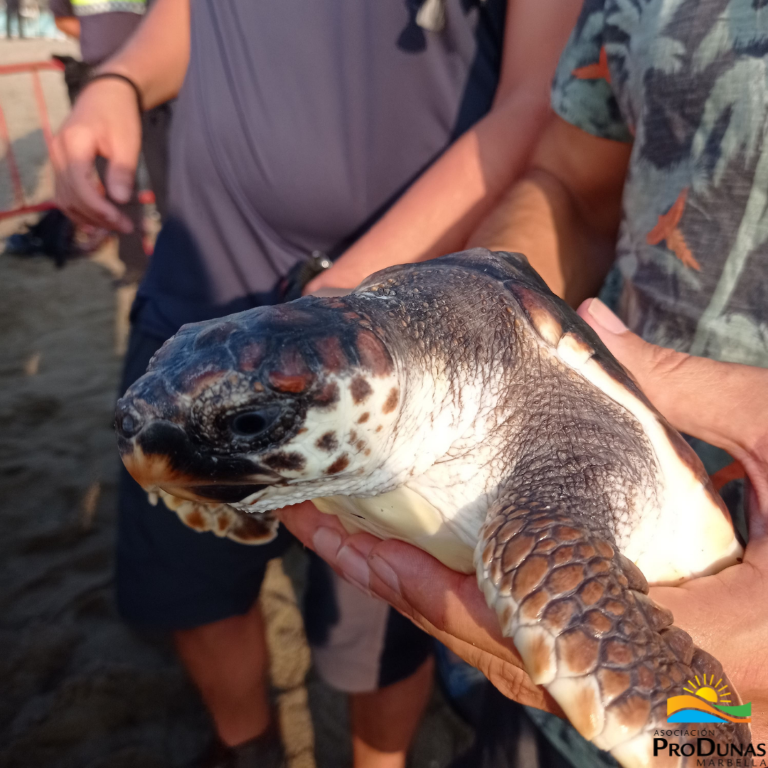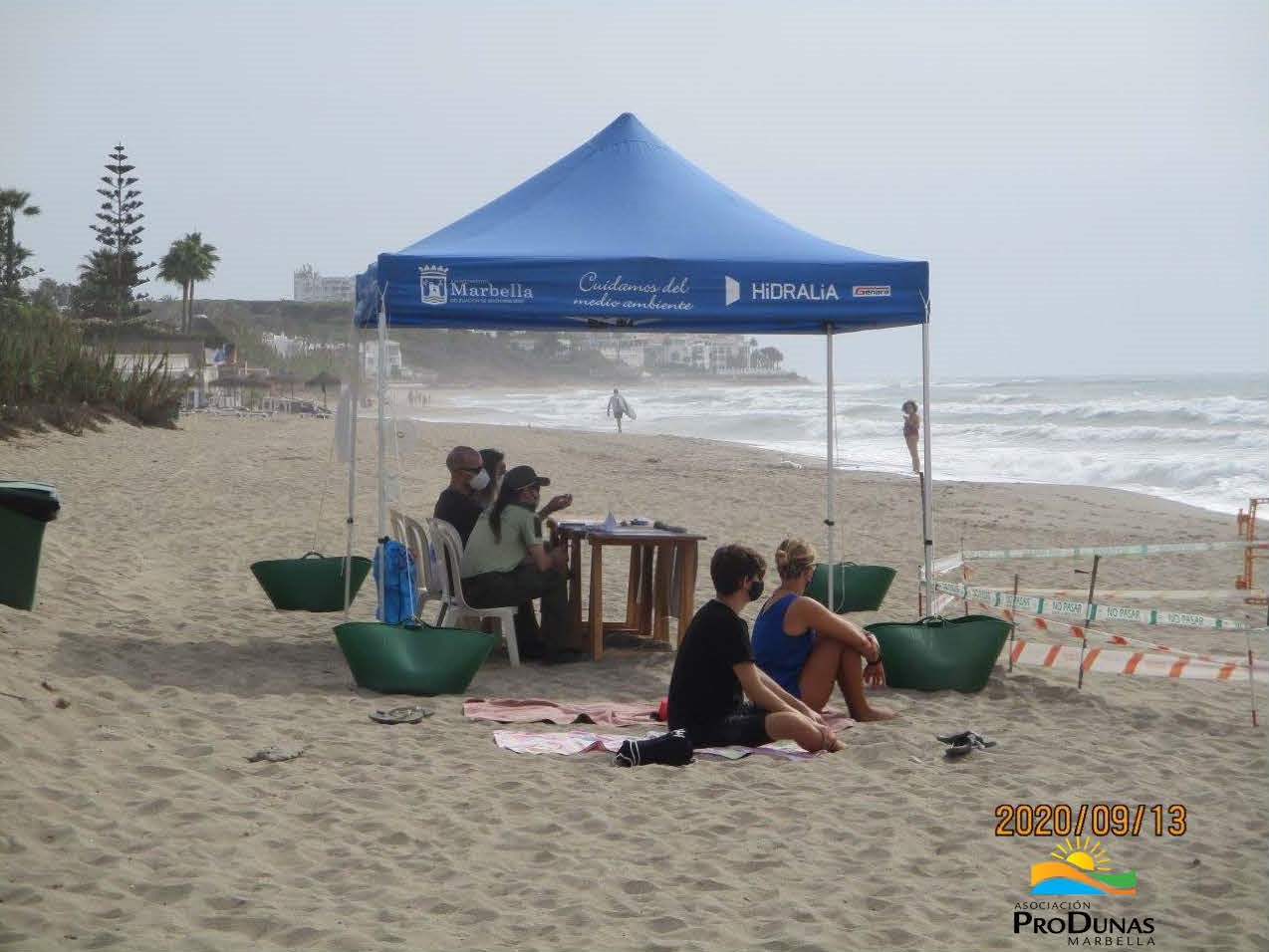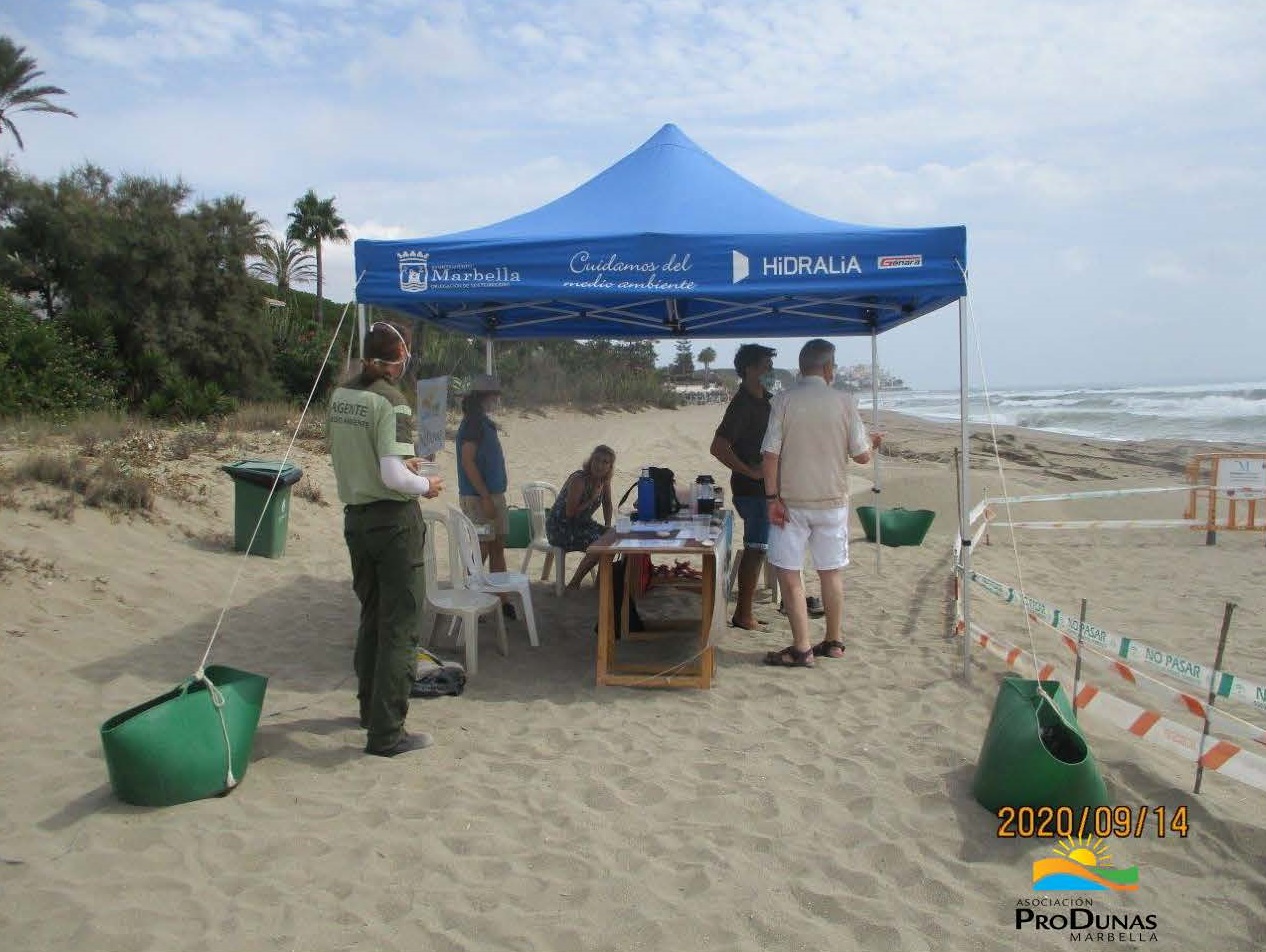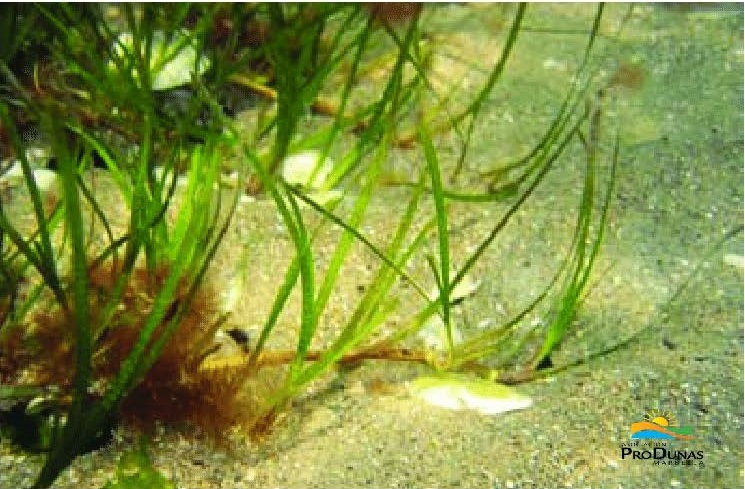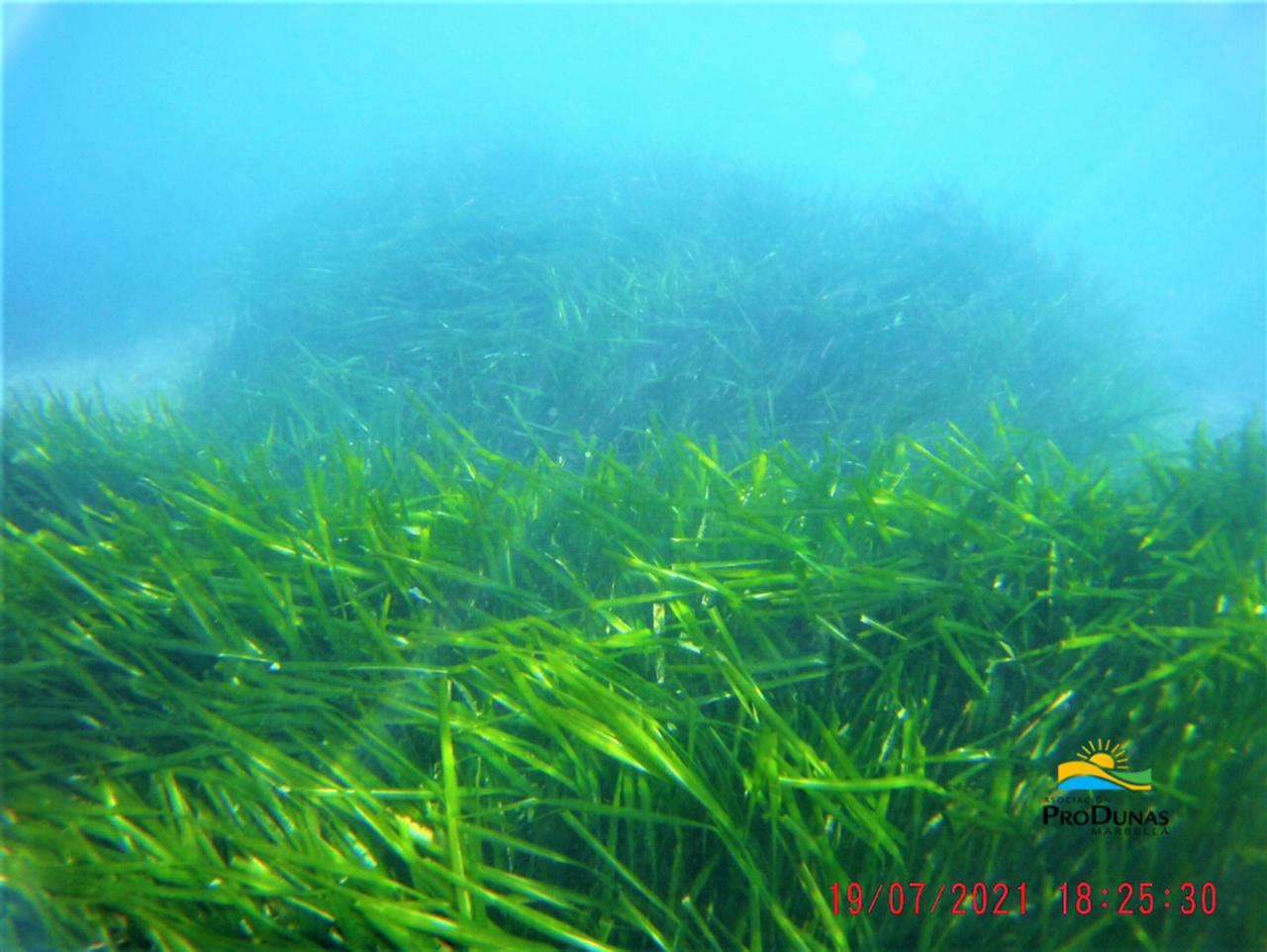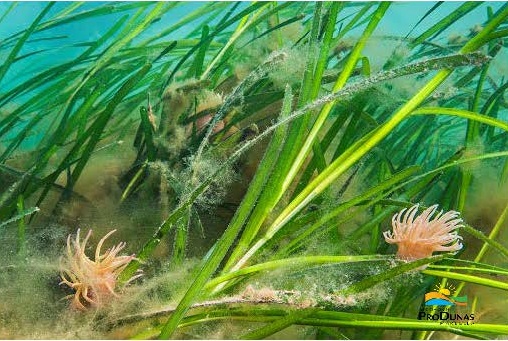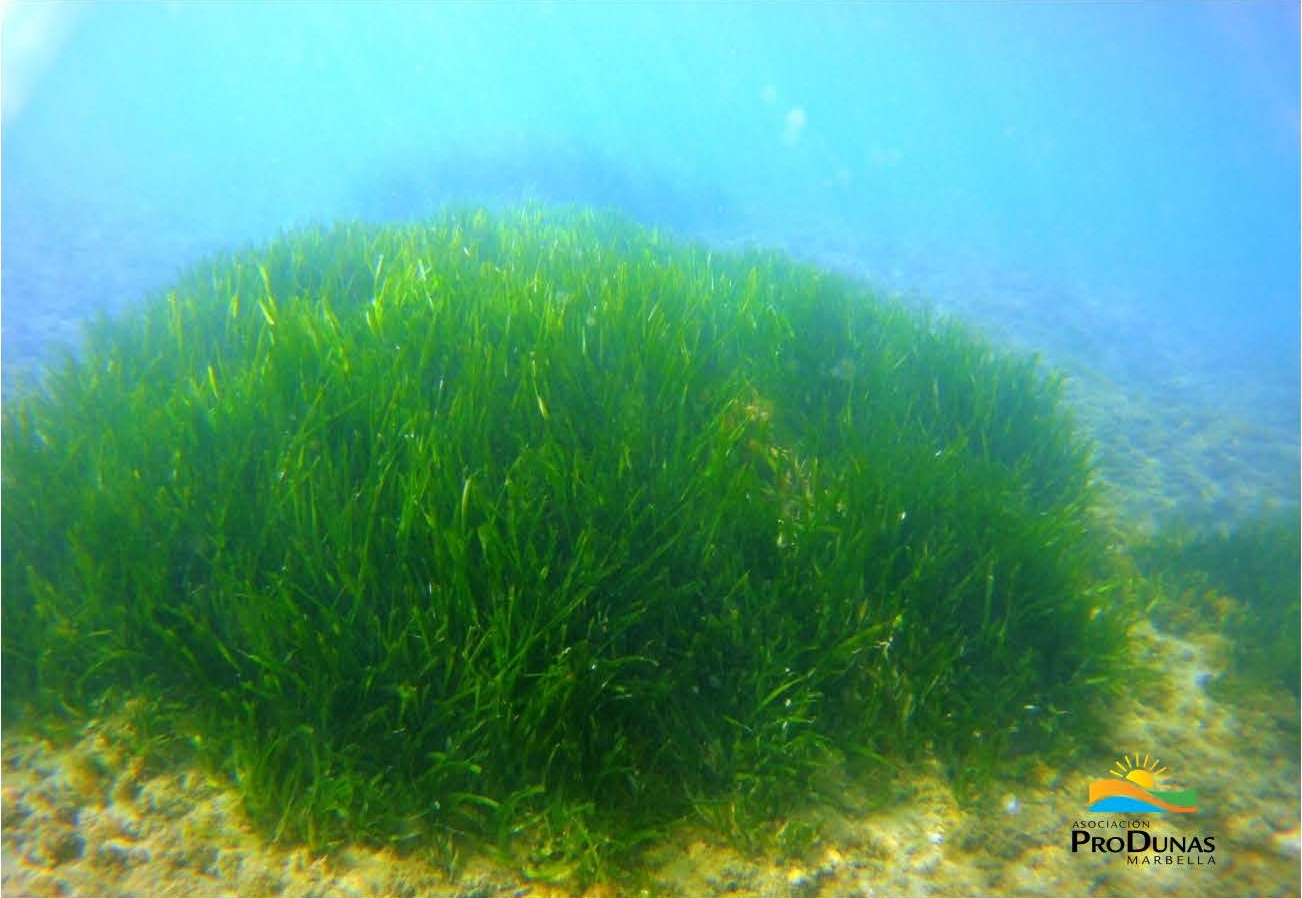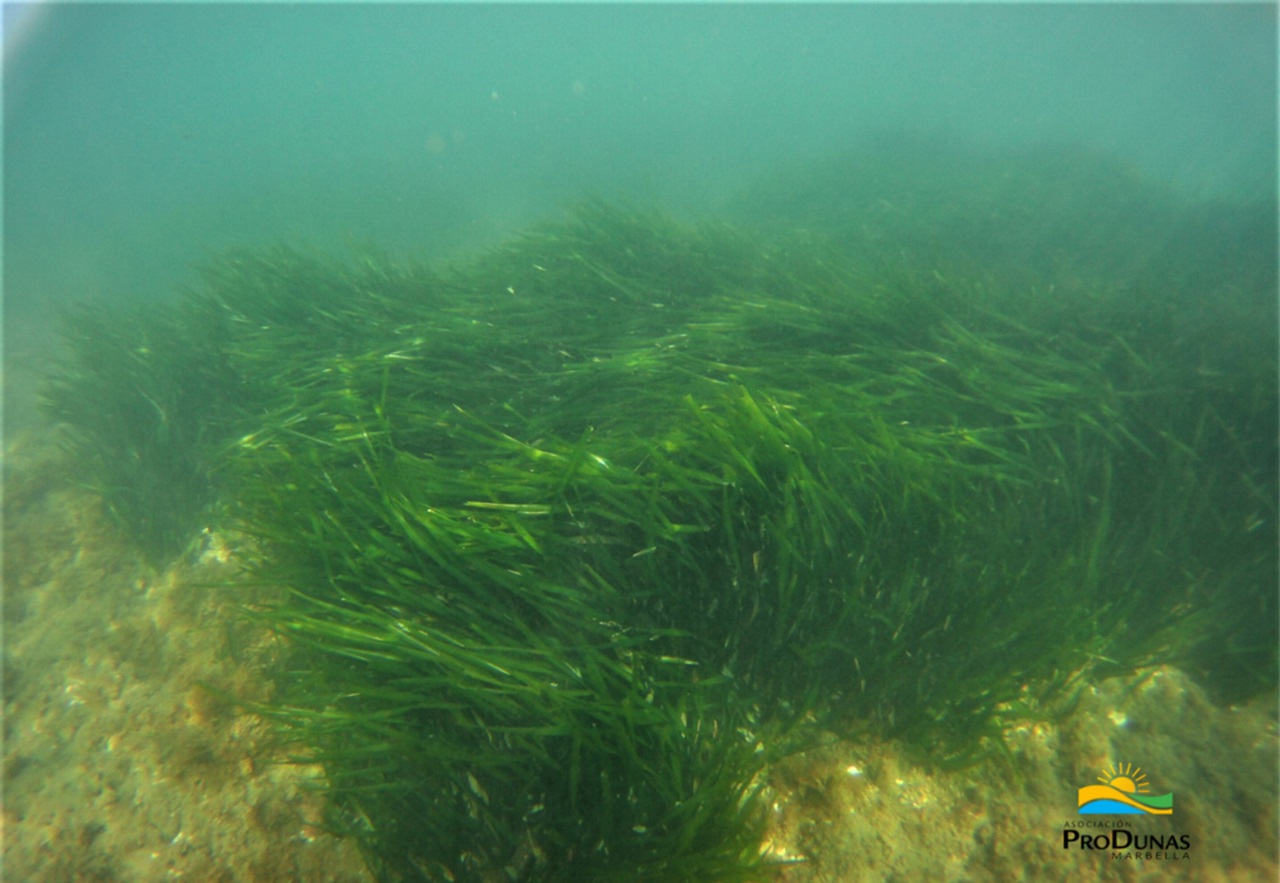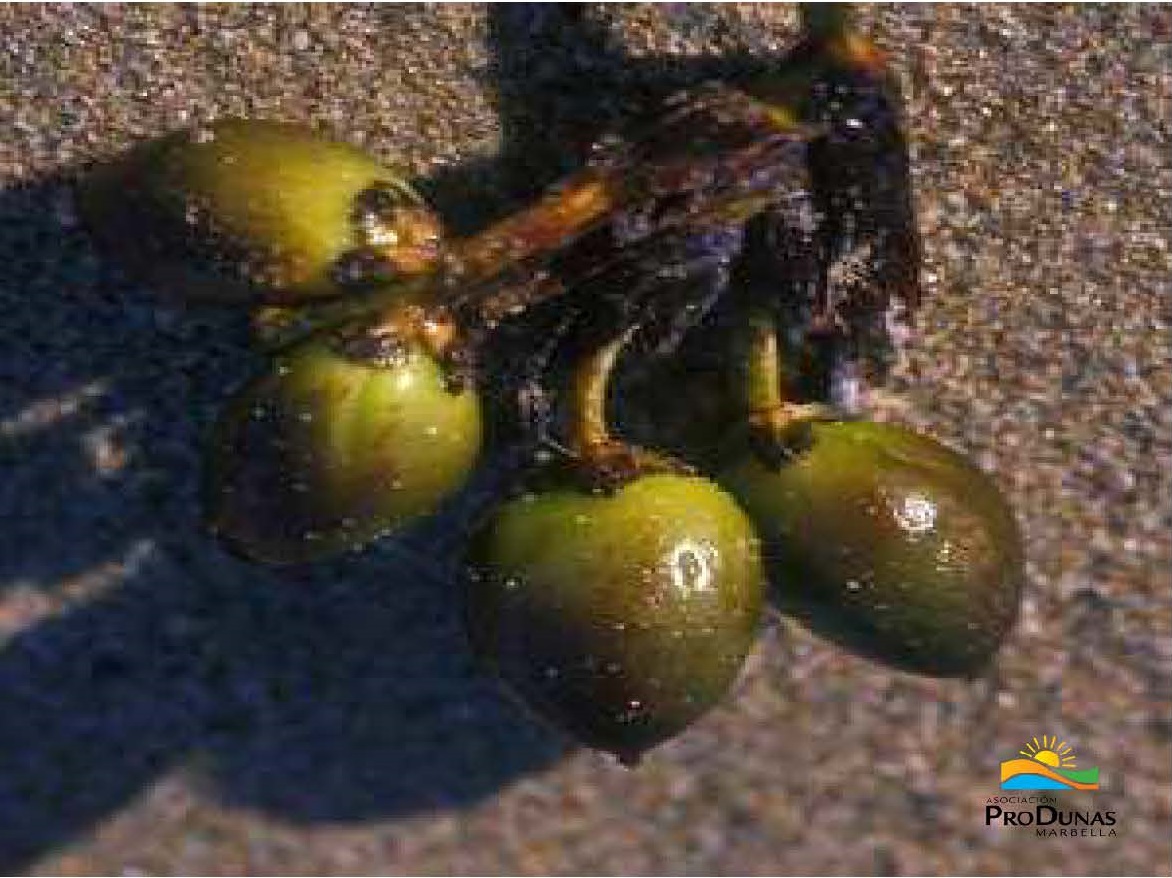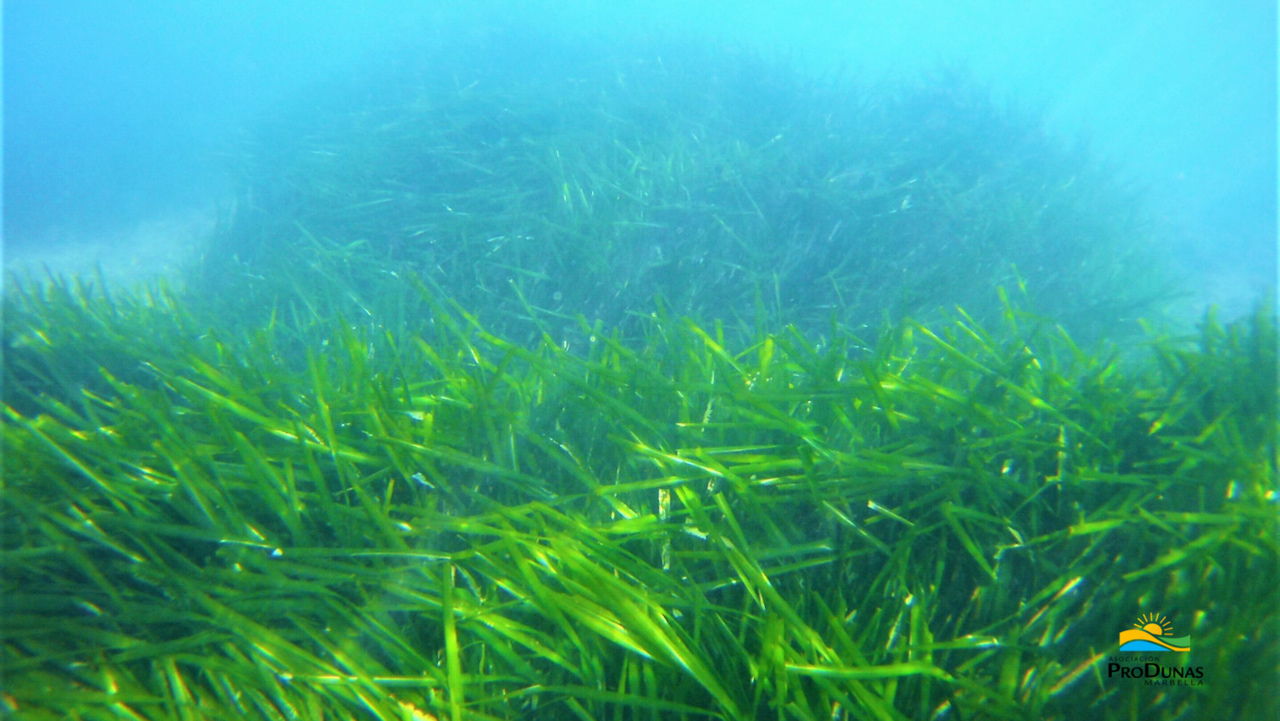SMALL SUMMER TALK WITH THE RTV TELEVISION AND ESTEFANÍA
6th of september 2022: A new reason to fight for the protection of our coasts – the Patella ferruginea,
commonly known as the Ribbed Mediterranean Limpet.
Last October, ProDunas Marbella had the invaluable help of Dr. Serge Gofas (University of Malaga), who came out to the beach at Cabopino to confirm the presence of a very important species of limpet. Patella ferruginea is a species of limpet common to the western Mediterranean that, since 1999, has been considered in danger of extinction (Spanish Catalog of Threatened Species).
It is found on the southern Spanish coast from Almería to Cádiz. It never crosses the Atlantic and there is no mention of it beyond Cabo de Gata. However, its population has been fragmenting and decreasing to the point of disappearing in some areas over a few short years. Its presence in Cabopino is somewhat more notable now than it was some years ago (only 5 individuals registered in 2008), and being able to find it in Cabopino is very encouraging.
31st Agust 2022: Marbella Dune System
We have spent several weeks getting close to and learning about some of the organisms that inhabit our seabeds, but today I would like us to get out of the water and take a walk through the environment that surrounds us: our beaches and, specifically, our dunes.
Today I would like to talk to you about a unique area that our city can show you and that, perhaps many have heard of, have visited, but do not know the charm and characteristics of this emblematic landscape.
Here in Marbella, – an idyllic place because of its location that we have been talking about over these past few weeks – we have seabeds full of life, mountains, wonderful beaches . . . but we also have dunes, specifically a dune system that goes from the Río Real dune to the Natural Monument Dunes of Artola located in Cabopino. We are talking about a fairly considerable extension of land, over 500.000m2 that covers 10 dune units which make up the Ecological Reserve that makes our coasts a magical and distinctive place.
16th of August 2022: Dolphins and the marine ecosistem
This week I would like to continue exploring the depths of the sea off our coastline to carry on learning about the great biodiversity that these waters harbour.
Because out there, at the limit of where our sight can reach, at the horizon where the sea seems to blend into the blue of the sky . . . in that area that seems so far away and that many of us know nothing about is where the main marine highway is, where the greatest coming and going of marine species that we can imagine goes on . . .
As we have recently commented, we live in a privileged area where thousands of marine species that inhabit these depths continually come and go, just off the coast.
Today I would like to talk to you about one of these species, for me one of the most special, whose evolution has made its design practically perfect for its life and adaptation to the sea . . . Whose characteristics, I believe, are worth knowing about since they really are considered to be the most intelligent species of the seas and oceans. This species that I want to talk to you about today are the dolphins.
1st of August 2022 – Jellyish and the marine ecosistems
Jellyfish are part of the marine ecosystem and therefore play a role and are important. However, they are running out of predators and are becoming a problem for other marine species such as anchovies and sardines. Human activity, the warming of the oceans and the emission of pollutants are some of the causes of the proliferation of these animals.
What are jellyfish? It is one of the oldest organisms on our planet. They are planktonic organisms that live suspended in water (generally marine, although there are also some freshwater species). They have a very simple morphology, formed by a bell-shaped structure that houses the stomach and gonads. From this bell, known as an umbrella, the tentacles emerge. They are characterised by having stinging cells, the cnidocysts. These contain a poison that is injected into prey by means of a filament equipped with spines. Just by simple contact with the prey, the cells fire and “sting”.
19 July 2022: Talking about sea turtles on the Costa del Sol coastline
Jellyfish are part of the marine ecosystem and therefore play a role and are important. However, they are running out of predators and are becoming a problem for other marine species such as anchovies and sardines. Human activity, the warming of the oceans and the emission of pollutants are some of the causes of the proliferation of these animals.
What are jellyfish? It is one of the oldest organisms on our planet. They are planktonic organisms that live suspended in water (generally marine, although there are also some freshwater species). They have a very simple morphology, formed by a bell-shaped structure that houses the stomach and gonads. From this bell, known as an umbrella, the tentacles emerge. They are characterised by having stinging cells, the cnidocysts. These contain a poison that is injected into prey by means of a filament equipped with spines. Just by simple contact with the prey, the cells fire and “sting”.
11th of July of 2022: Our sea floor
Vegetation that can be found on our coastal sea floor
We often visit and enjoy the outstanding beauty of our coasts and beaches, without ever stopping to discover the immense world full of life that its waters harbour.
The coast of Malaga is a very rich and diverse space in landscapes; with beaches, cliffs, estuaries, dune systems and seabeds with ecosystems as important as the coralline ones in the rocky substrates, or the seagrass meadows in the sandy ones.
The seabeds of the Province of Malaga offer great biodiversity. This is the result of its strategic bio-geographic location, where species from the European Atlantic, from the Mediterranean, from the subtropical area of Northwest Africa, and endemic ones from the area of influence of the Strait of Gibraltar converge.
Do you want to receive our Newsletter?
Do you want to become a member or be our friend of the dunes?
Asociación ProDunas Marbella
The Association works tirelessly for the defence and preservation of the unique ecosystems that survive in the natural sand dune environments in the Province of Málaga; promotes the protection of native flora and small wildlife; promotes recovery, rehabilitation and conservation of interesting biodiversity of sand dunes areas in the municipality of Marbella.
